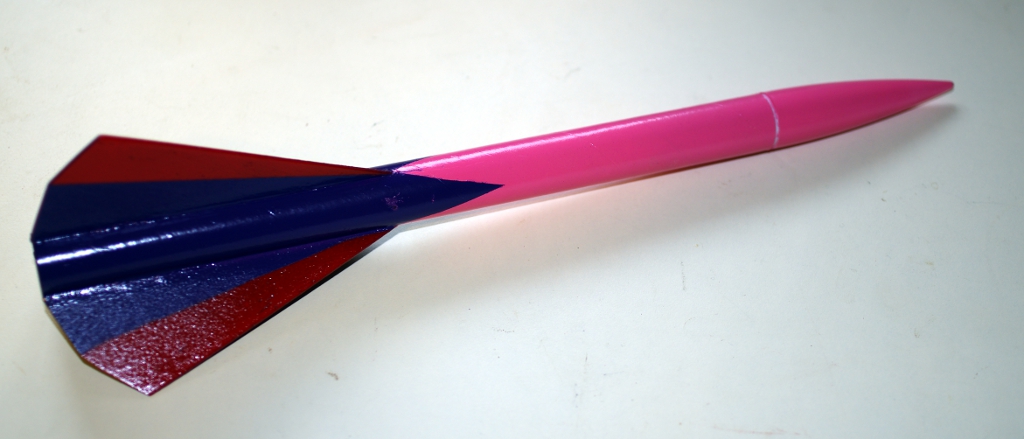I know, I should have just gone with a Wizard or Yankee, but something about the fins on them just set me off.... so I picked up a hi-flier instead.
My target is a successful pair of NARTREK Bronze duration flights on streamer and parachute.
I'm well aware of the reputation of the Hi-Flier for, well, creative flight profiles. The kit I picked up has the nose weight clay of course. But I am considering some different ways of handling this flight to make it stable.
One is swapping over to friction fit on the motor, which should eliminate some bottom end weight and drag inducing components. Another is swapping nose cones as I'm led to believe that this nose cone is part of the stability issue, and rocksim confirms this with a big stability change in the margin just going to an eliptical nose. But since I don't HAVE more nose cones for 18mm body tubes, I'll probably end up printing one instead. Otherwise this is going to be a quickie build for the most part without extensive filling of seams and things like that.
Also I did make a promise to my daughter. She wanted me to paint my QCC Explorer in pink and purple, but I was able to compromise and she agreed that my NEXT rocket could be in her colors. Well, this is that rocket.
My target is a successful pair of NARTREK Bronze duration flights on streamer and parachute.
I'm well aware of the reputation of the Hi-Flier for, well, creative flight profiles. The kit I picked up has the nose weight clay of course. But I am considering some different ways of handling this flight to make it stable.
One is swapping over to friction fit on the motor, which should eliminate some bottom end weight and drag inducing components. Another is swapping nose cones as I'm led to believe that this nose cone is part of the stability issue, and rocksim confirms this with a big stability change in the margin just going to an eliptical nose. But since I don't HAVE more nose cones for 18mm body tubes, I'll probably end up printing one instead. Otherwise this is going to be a quickie build for the most part without extensive filling of seams and things like that.
Also I did make a promise to my daughter. She wanted me to paint my QCC Explorer in pink and purple, but I was able to compromise and she agreed that my NEXT rocket could be in her colors. Well, this is that rocket.
Last edited:










